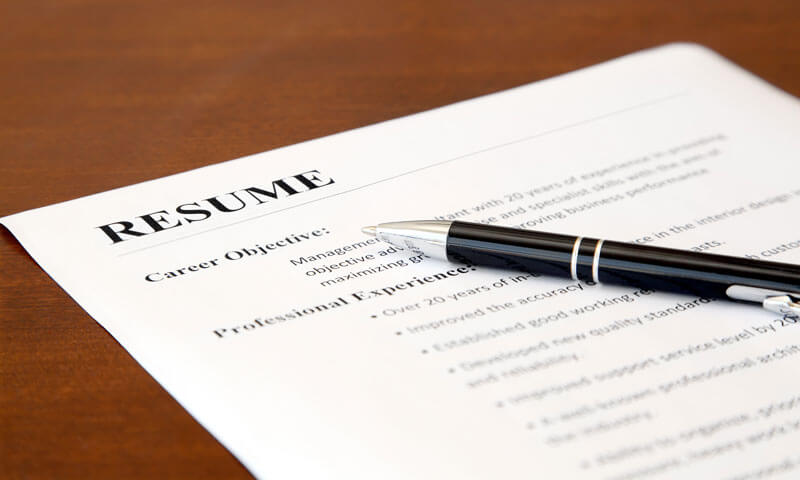Artificial intelligence (AI) is changing how lawyers approach their work, but it is not about replacing lawyers, according to Pablo Arredondo, co-founder and chief innovation officer at Casetext. At the ABA Techshow 2023, Arredondo highlighted that AI could assist lawyers with legal research, contract reviews, and other tasks by reading, summarizing, annotating, categorizing, synthesizing, and interpreting the text. Casetext recently launched CoCounsel, an AI-powered legal assistant that uses OpenAI models trained on the company’s legal information database. Unlike commercially available chatbots like ChatGPT, CoCounsel is designed explicitly for legal research, contract analysis, and other legal work. The tool is intended to help lawyers improve their productivity and offer a more reliable way of gathering information.
Arredondo acknowledged the risks and benefits of AI tools and reminded lawyers to “trust but verify” when using language models. He added that AI is not a “robot lawyer” that replaces lawyers but will open up more conversations about how it can be used in legal practice. The AI tools that Casetext and other companies are developing will not change a lawyer’s ultimate responsibility or the work they do for clients. Still, if used correctly, they can add considerable value.
Another speaker at the ABA Techshow 2023, Greg Siskind, co-founder of Siskind Susser, a national immigration law firm, shared his experience using AI in his practice. Siskind highlighted that several no-code platforms are available to build automation tools, including Gavel (formerly Documate), Josef, and Afterpattern. Afterpattern is a no-code platform acquired by cloud-based document and email management service NetDocuments in November 2021 that allows firms, legal aid organizations, and courts to create document and workflow automation.
Siskind’s firm used Afterpattern to build an app that screens Ukrainians for Temporary Protected Status eligibility. He also used the platform as a drafting tool to onboard hundreds of plaintiffs in mass immigration litigation in a short time. Through the process, clients answer basic questions to determine whether they qualify as a plaintiff in a specific case, agree to and sign an engagement letter, and complete a declaration letter. Siskind said that the process happens in minutes, saving time and resources.
Siskind added that he had used Afterpattern for form I-9 digitization, auditing, and generating retainers. In recent months, he has also used Casetext’s CoCounsel to conduct research for his mass immigration litigation. He found the tool more reliable than ChatGPT, producing a 20-page memo with links to cases and summaries that discussed a particular issue, saving him significant time.
In conclusion, AI tools such as Casetext’s CoCounsel and Afterpattern’s no-code platform are revolutionizing the legal industry by automating tasks and increasing efficiency. While these tools may not replace lawyers, they offer valuable assistance with legal research, contract analysis, and other tasks. As AI evolves, lawyers must understand the technology and use it responsibly.






































